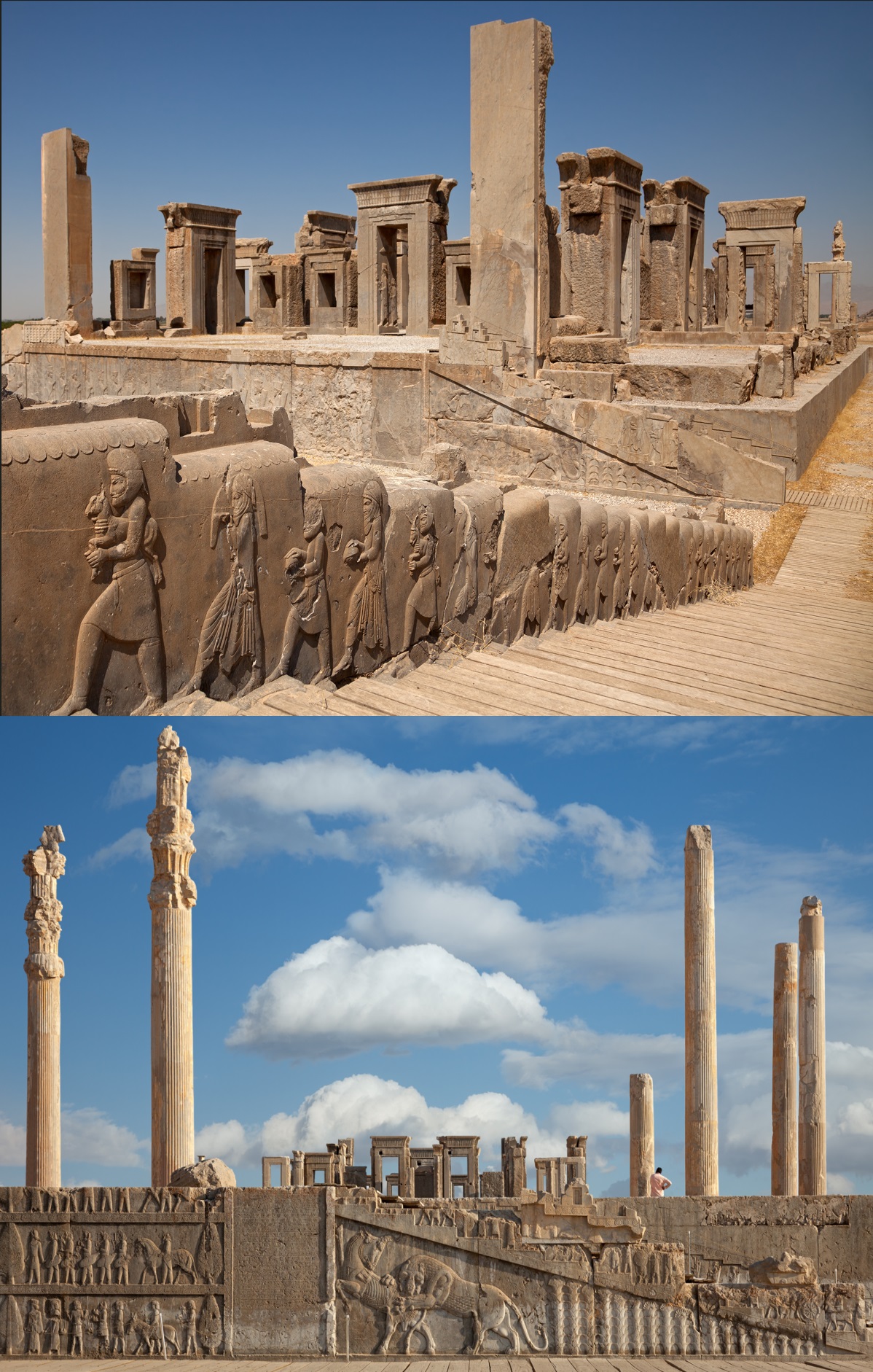
03 Nov The Majestic Persepolis
Persepolis was the ceremonial capital of the Achaemenid Empire (c. 550–330 BC). It is situated in the plains of Marvdasht, encircled by southern Zagros mountains of the Iranian plateau. The beautiful city of Shiraz is situated 60 km southwest of its ruins.
The old city is raised high on a walled platform, with five “palaces” or halls of varying size, and grand entrances. The function of Persepolis remains unclear. It was not one of the largest cities in Persia but appears to have been a grand ceremonial complex that was only occupied seasonally.
Until recently, most archaeologists held that it was primarily used for celebrating Nowruz, the Persian New Year, held at the spring equinox, which is still an important annual festivity in modern Iran. The Iranian nobility and the tributary parts of the empire came to present gifts to the king, as represented in the stairway reliefs.
The complex was taken by the army of Alexander the Great in 330 BC, and soon after its wooden parts were destroyed by fire, likely deliberately.
UNESCO declared the precious ruins of Persepolis a World Heritage Site in1979.
***
Excerpts from https://en.wikipedia.org/wiki/Persepolis
